Increased whale strandings on the east coast of the United States remain a concern for biologists and citizens alike. Why this increase has occurred over a number of years is still being debated.
Tag: Whales

Toothed whale echolocation organs evolved from jaw muscles
Genetic analysis finds evidence suggesting that acoustic fat bodies in the heads of toothed whales were once the muscles and bone marrow of the jaw.
Study Details Toxic Elements Found in Stranded Whales, Dolphins Over 15 Years
Researchers evaluated the prevalence, concentration and tissue distribution of essential and non-essential trace elements, including heavy metal toxicants in tissue (blubber, kidney, liver, skeletal muscle, skin) and fecal samples. Findings reveal how toxicant levels relate to their sex, breed, age and other demographic factors.
New Research Reveals: The New York Bight Is an Important Year-Round Habitat for Endangered Fin Whales
Researchers aim to use their science to help inform best practices and strategies to better protect fin whales in waters off NY and NJ.
WCS Statement from CMS CoP14
“If governments do everything they have committed to do, then the next ‘State of the World’s Migratory Species’ will have some good news.” WCS VP of International Policy Susan Lieberman
Killer whales’ diet more important than location for pollutant exposure, study says
Both elegant and fierce, killer whales are some of the oceans’ top predators, but even they can be exposed to environmental pollution.
Whaling wiped out far more fin whales than previously thought
A new genomic study by UCLA biologists shows that whaling in the 20th century destroyed 99% of the Eastern North Pacific fin whale breeding, or “effective,” population — 29% more than previously thought.
Gray whales experience major population swings as a result of Arctic conditions, research shows
Dynamic and changing Arctic Ocean conditions likely caused three major mortality events in the eastern North Pacific gray whale population since the 1980s, a new study has found.
Killer whales’ diet more important than location for pollutant exposure, study says
Killer whales are some of the oceans’ top predators, but even they can be exposed to environmental pollution. In the largest study to date on North Atlantic killer whales, researchers in ACS’ Environmental Science & Technology report the levels of pollutants in 162 individuals’ blubber.
Reducing fishing gear could save whales with low impacts to California’s crab fishermen
Sometimes simple solutions are better. It all depends on the nature of the problem. For humpback whales, the problem is the rope connecting a crab trap on the seafloor to the buoy on the surface. And for fishermen, it’s fishery closures caused by whale entanglements.
Whale like filter-feeding discovered in prehistoric marine reptile
A remarkable new fossil from China reveals for the first time that a group of reptiles were already using whale-like filter feeding 250 million years ago.
Northern and southern resident orcas hunt differently, which may help explain the decline of southern orcas
In the Pacific Northwest and British Columbia, southern resident orcas have experienced no net population growth since the 1970s. But northern resident orcas, with a similar diet and territory, have grown steadily. A new study may help explain why: The two populations differ in how they hunt for salmon, their primary and preferred food source.
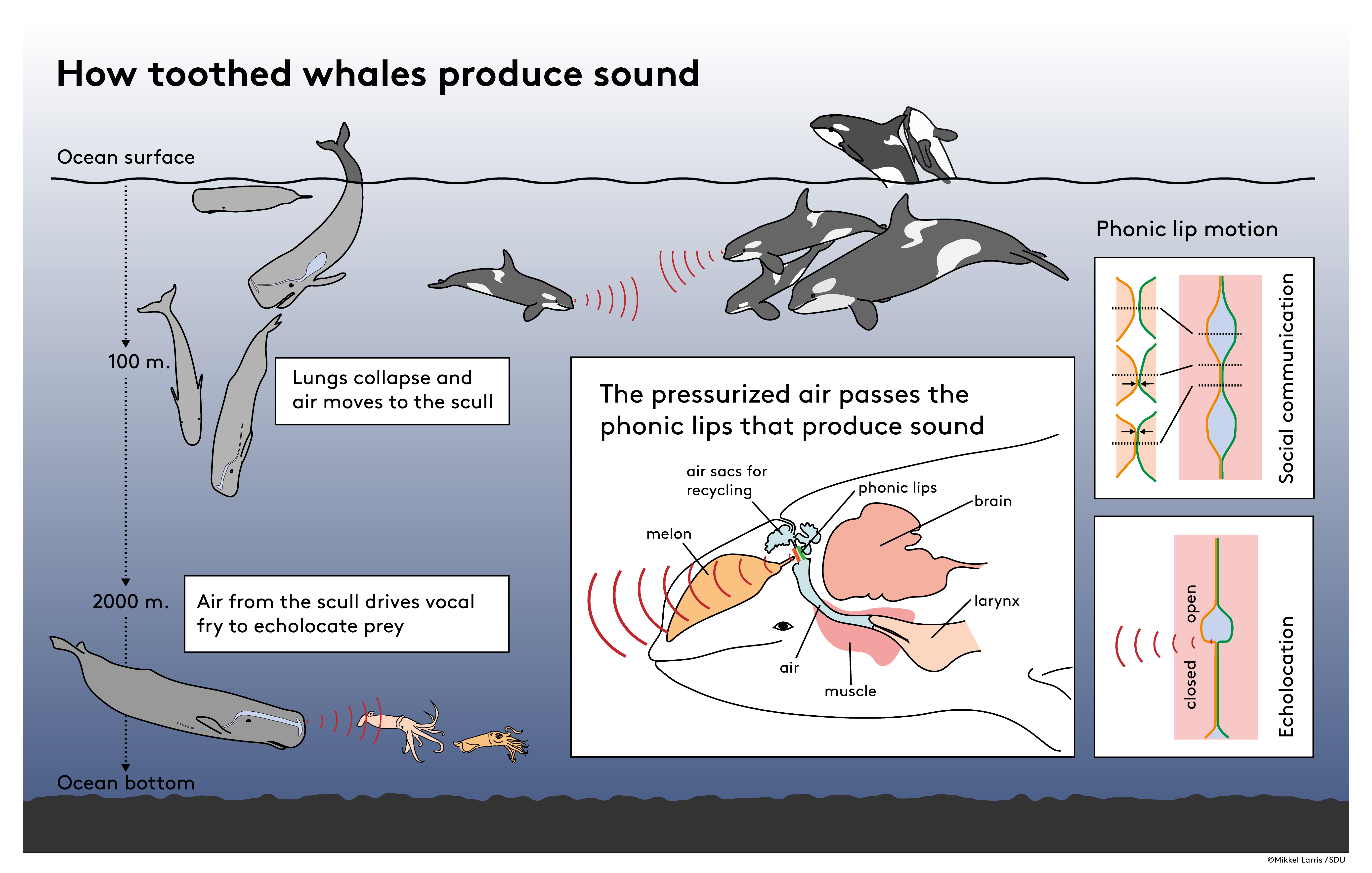
Toothed whales catch food in the deep using vocal fry
Dolphins and other toothed whales are large brained top predators that captivate our imagination; they are extremely social, they cooperate, and can hunt prey down to 2 km deep in complete darkness with echolocation.
Fossil CSI: Analysis of giant extinct marine reptile graveyard suggests mysterious site was ancient birthing grounds
Marine giants make migrations across the ocean to give birth where predators are scarce, congregating annually along the same stretches of coastline. A study suggests that 200 million years before whales evolved, school bus-sized marine reptiles called ichthyosaurs may have made similar migrations.
New 3D model shows: Megalodon could eat prey the size of entire killer whales
The reconstructed megadolon (Otodus megalodon) was 16 meters long and weighed over 61 tons. It was estimated that it could swim at around 1.4 meters per second, require over 98,000 kilo calories every day and have stomach volume of almost 10,000 liters.
Whales learn songs from each other in a cultural ‘deep dive’
A University of Queensland-led study has found humpback whales can learn incredibly complex songs from whales from other regions.
Reducing vessel activity key to southern resident killer whale survival
Reducing ship speed and noise levels would increase the probability that endangered West Coast southern resident killer whales will spend more time hunting for Chinook salmon, a new Simon Fraser University study has found.
Now how did that get up there?
New research is shedding light on how the nasal passage in dolphins and whales shifts during embryonic development, from emerging at the tip of the snout to emerging at the top of the head as a blowhole. The findings are an integrative model for this developmental transition for cetaceans.
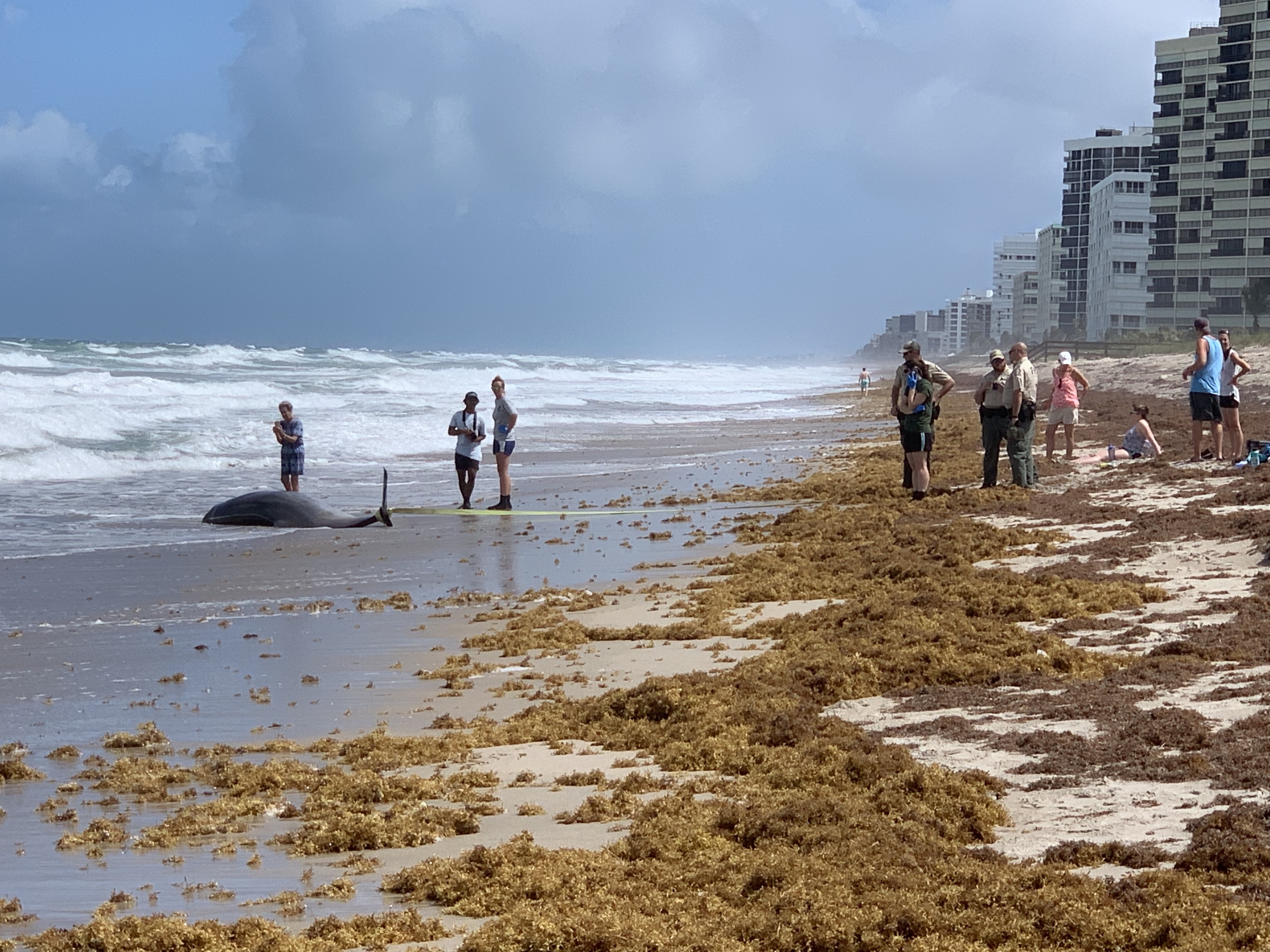
Study Finds High Levels of Toxic Pollutants in Stranded Dolphins and Whales
Researchers examined toxins in tissue concentrations and pathology data from 83 stranded dolphins and whales from 2012 to 2018. They looked at 11 different animal species to test for 17 different substances. The study is the first to report on concentrations in blubber tissues of stranded cetaceans of atrazine, DEP, NPE and triclosan. It also is the first to report concentrations of toxicants in a white-beaked dolphin and in Gervais’ beaked whales.

North Atlantic right whales are in much poorer condition than Southern right whale
New research by an international team of scientists reveals that endangered North Atlantic right whales are in much poorer body condition than their counterparts in the southern hemisphere.
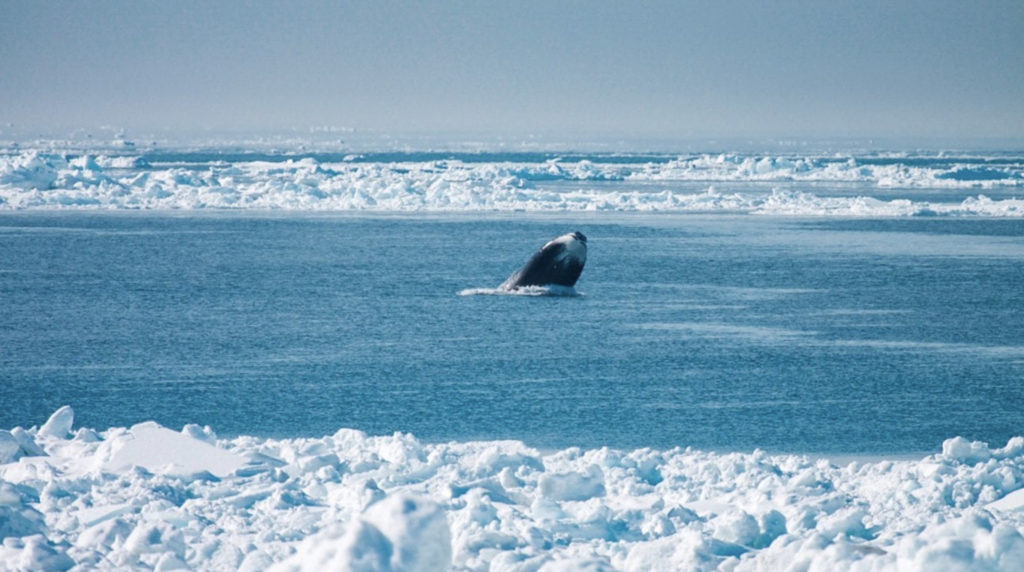
Whales may owe their efficient digestion to millions of tiny microbes
Microbial communities inside whales may play an important role in the digestion of one of the ocean’s most abundant carbon-rich lipids, known as a wax ester.
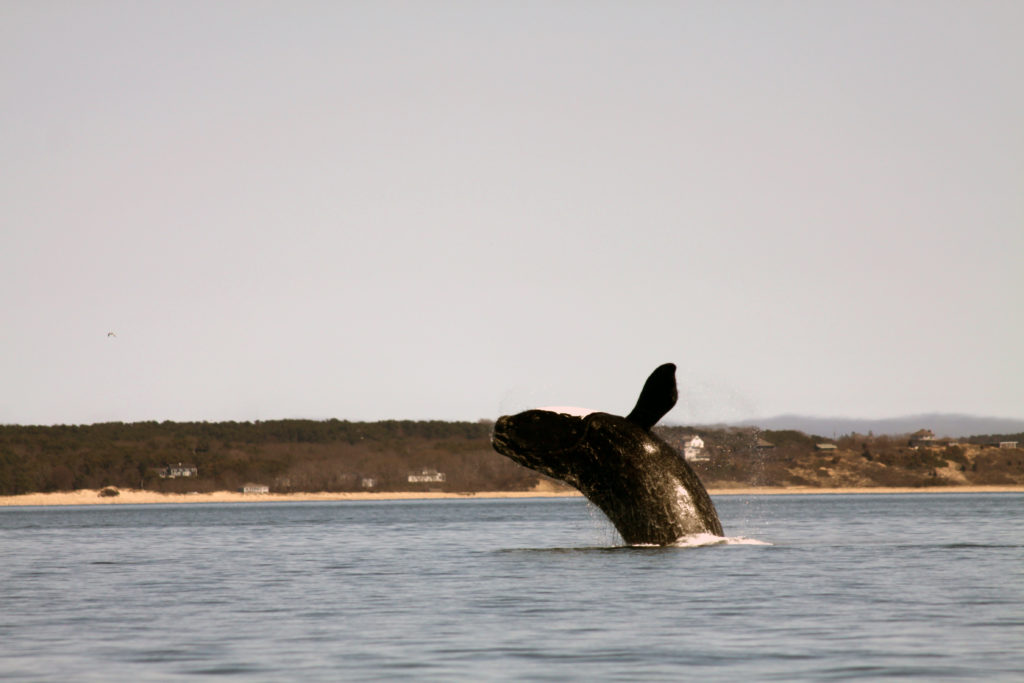
Endangered Whales React to Environmental Changes
The highly endangered North Atlantic right whale is rapidly altering its use of important habitat areas off the New England coast, signaling disruptive changes in the marine environment.
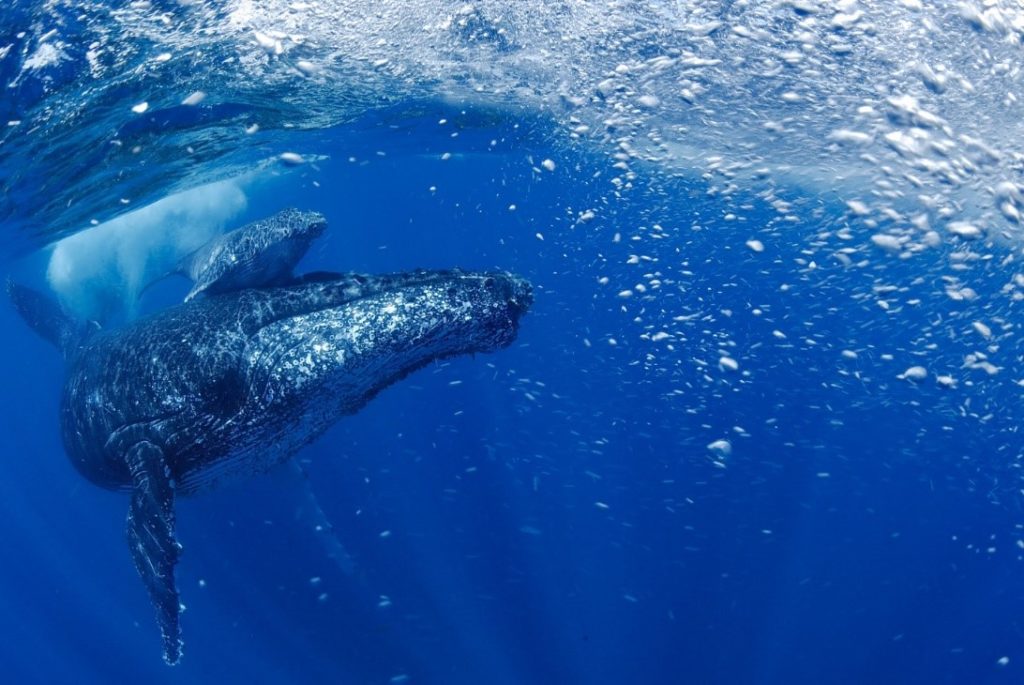
Humpback whale population on the rise after near miss with extinction
A new study finds the western South Atlantic humpback population has grown to 25,000 whales. Researchers believe this new estimate is now close to pre-whaling numbers.